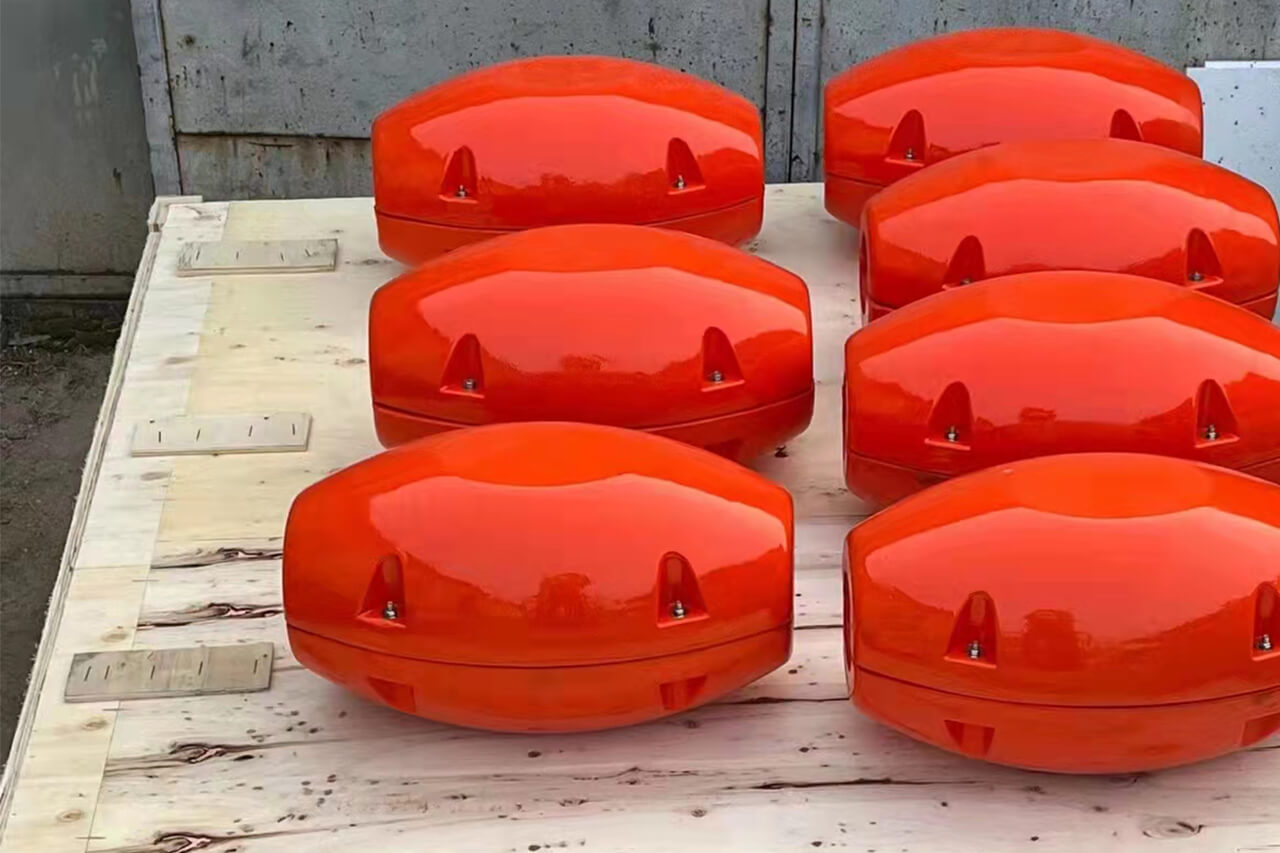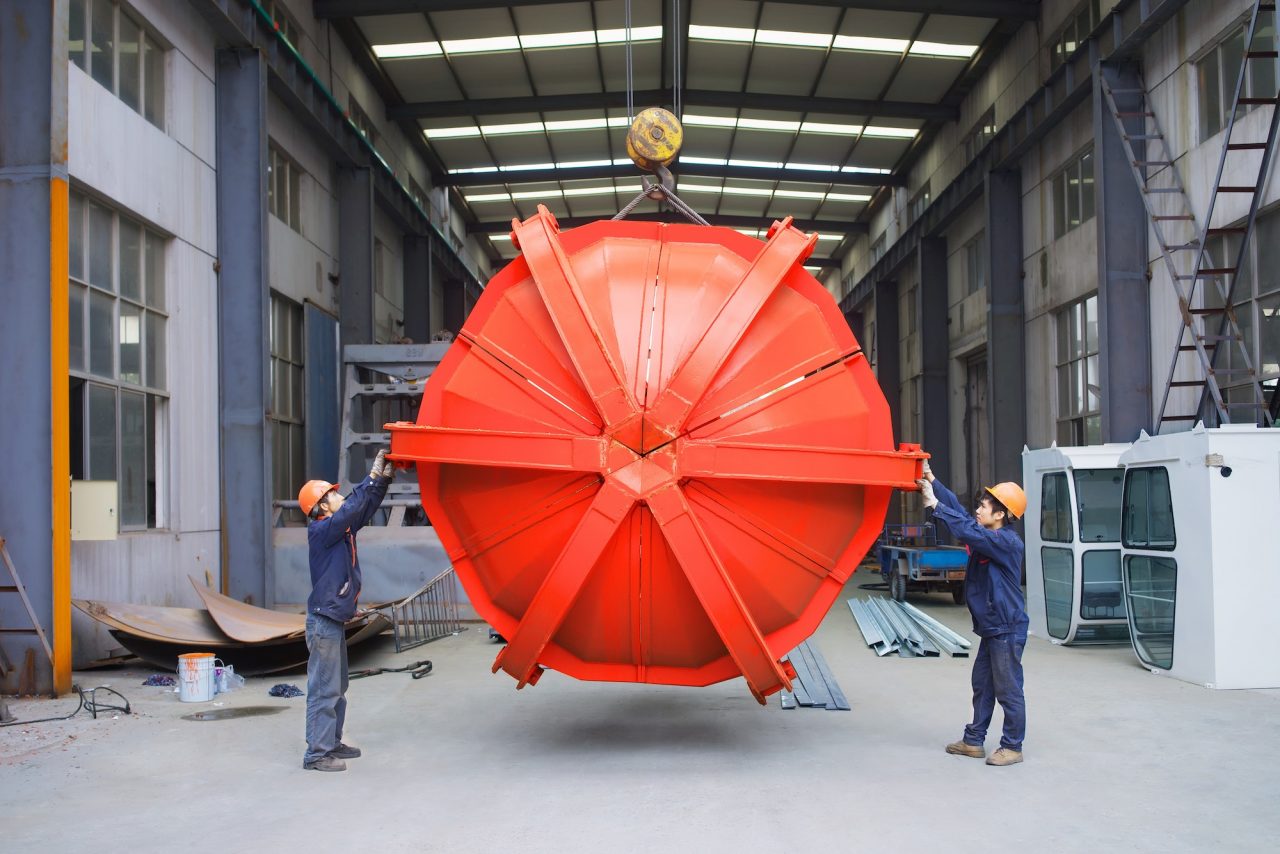ROV (Remotely Operated Vehicle) buoyancy control is crucial when working underwater. Choosing the right buoyancy material not only ensures the stability of the ROV but also enhances its performance and efficiency. So, how do you select the most suitable buoyancy material for an ROV? This article provides a detailed buying guide.
1. Why is ROV Buoyancy So Important?
Underwater, an ROV needs to maintain a certain buoyancy balance to ensure it can move and operate accurately in water. Too much or too little buoyancy can affect the stability and operability of the ROV. Therefore, choosing the right buoyancy material is of utmost importance.
2. Buoyancy Foam and ROV Buoyancy
Buoyancy foam is a special material designed to provide buoyancy. ROV buoyancy is essentially a specific application of this buoyancy foam, tailored for ROVs. It’s typically made of closed-cell foam, meaning it doesn’t absorb water, ensuring continuous buoyancy underwater. Buoyancy foams come in various types, including polyethylene foam and polyurethane foam, among others.
3. How to Choose the Right ROV Buoyancy Foam?
When selecting ROV buoyancy foam, it’s essential to consider its basic characteristics and align them with the actual needs and concerns of marine equipment ROV users. Here are some key factors:
- Density: Opt for low-density foam to provide greater buoyancy. This is especially important for ROVs that need to work at varying depths, ensuring stability under various conditions.
- Compressive Strength: Ensure the foam can withstand deep-water pressures without getting compressed. This is a critical consideration for deep-sea ROVs, as the pressures of the deep sea can cause the foam to deform.
- Durability: Choose foam that’s resistant to corrosion, oil, and UV rays. Salts, oils, and UV rays in the marine environment can damage buoyancy foam, so opting for durable materials ensures long-term stability for the ROV.
- Cost: Select foam that fits your budget. However, remember that in the long run, opting for high-quality buoyancy foam might save more in maintenance and replacement costs.
- Installation and Maintenance: Consider the ease of installation and maintenance of the foam. ROV operators typically want to be able to easily replace or repair buoyancy foam without spending a lot of time and resources.
- Environmental Impact: Opt for environmentally friendly buoyancy foam. With growing environmental awareness, many ROV users are increasingly concerned about the impact of their equipment on the marine environment.
4. Conclusion
Choosing the right buoyancy material is key to ensuring stable underwater operations for your ROV. Through this article, we hope you gain a better understanding of the relationship between buoyancy foam and ROV buoyancy and know how to choose the right buoyancy material for your ROV.
We hope this article helps you better understand ROV buoyancy and the selection of buoyancy foam. If you have any questions or need further advice, please feel free to contact us!





